NATIONAL STANDARD OF THE RUSSIAN FEDERATION
PRODUCTS. OBTAINED BY THE METHOD OF ADDITIVE TECHNOLOGICAL PROCESSES
Terms and definitions
Date of introduction - 2018-06-01
- Application area
This standard establishes the terms used in science, technology and production and definitions of the concepts of products obtained by the method of additive technological processes. In the production of this type of product, an additive manufacturing principle is used, i.e. create a physical object from an electronic geometric model by adding material, as a rule, layer by layer, in contrast to subtractive (subtractive) production (mechanical processing) and traditional shaping production (casting, stamping).
The terms established by this standard are recommended for use in all types of documentation, scientific and technical, educational and reference literature.
The established definitions can, if necessary, be changed in the form of presentation, without violating the boundaries of concepts.
- Terms and definitions
The following terms are used in this standard with the corresponding definitions:
- Terms and definitions of concepts related to products obtained by the method
additive technological processes
- _________________________________________________________________________________
product [obtained by the method of additive technological processes]: A product in the production of which the main (or the only) method of its production is an additive technological process (additive manufacturing).
[GOST R 57558-2017. article 2.1.2]
- prototype [obtained by the method of additive technological processes]: Type of product. obtained by a one-step (one-step) or multi-step (multi-step) process and is a prototype or working model, which serves for a preliminary assessment of characteristics. design or product properties.
- conceptual prototype [obtained by additive manufacturing]: A type of prototype obtained by a one-step (one-step) or multi-step (multi-step) process and is a prototype that serves as a preliminary assessment of the concept
of the designed product. - geometric prototype [obtained by the method of additive technological processes]: A type of prototype obtained by a one-step (one-step) or multi-step (multi-step) process and is a prototype that serves to approve the dimensions, shape and ergonomics of the designed product.
- functional prototype [obtained by the method of additive technological processes]: A type of prototype obtained by a one-step (one-step) or multi-step (multi-step) process and is a prototype, which serves for preliminary assessment of the structural and functional characteristics of the product being designed. The dimensions and shape of the functional prototype may differ from the geometric prototype.
- technical prototype (obtained by the method of additive technological processes]: A type of prototype obtained by a one-step (one-etal) or multi-step (multi-step) process and is a prototype that serves for pre-series approval of the designed product.
- part (obtained by the method of additive technological processes]: A type of product made from a material of the same name and brand (or several such materials at the same time), obtained by a one-step (one-step) process or a multi-step (multi-step) process that meets the requirements of regulatory and design documentation.
- demonstrator part (obtained by the method of additive technological processes]: A type of product made from a material homogeneous in name and brand (or several such materials at the same time), obtained by a one-step (one-step) process or a multi-step (multistage) process, having the required set of properties in the absence of a regulatory and design documentation.
- part of ancillary production (obtained by the method of additive technological processes]: a type of product made from a material that is homogeneous in name and brand (or several such materials at the same time), obtained by a one-step (one-step) process or a multi-step (multi-step) process, having the required set of properties, which serves for technical support of the main production.
NOTE - For example, the manufacture of tooling and burnout models for casting parts.
- workpiece (obtained by the method of additive technological processes]: A type of product made of a material of the same name and brand (or several such materials at the same time), obtained by a multistep (multistage) process with the need for subsequent post-processing.
- combined assembly unit [obtained by the method of additive technological processes]; (OCE): A type of product, which is an assembly unit, the components of which are combined into a single whole with the possibility of the presence of elements of spatial-kinematic interaction in the process of its production by an additive technological process, and the process can be either one-stage or multi-stage.
- bionic product (bionic structure or bionic part) [obtained by additive manufacturing]: A type of product obtained by a multi-step (multistage) process and designed using a bionic design.
- topologically optimized product (topologically optimized design or topologically optimized part) [obtained by additive manufacturing processes]: The type of product obtained by a multi-step (multi-step) process and designed using topological optimization and generative design.
2.1.14
production batch of products (production batch): A set of parts made from one raw material, from one series of parts, using the system of additive manufacturing and post-processing (if necessary), according to a single production specification.
(GOST R 57558-2017, article 2.3.12]
2.1.15
product series: All products produced in one build cycle or several consecutive build cycles using raw materials from the same batch and the same process conditions.
(GOST R 57558-2017, article 2.3.19]
- bionic design: An approach to product design that involves making changes to the dimensions and shape of a structure or part, creating new boundaries of the body volume and removing existing ones, in order to give a shape similar to complex-shaped surfaces formed in nature.
- topological optimization: A process in the design of products, which consists in making changes to a structure or part with the creation of new boundaries of the volume of the body and the removal of existing ones, in order to optimize it according to the criteria of minimizing mass, maximum rigidity and the spectrum of natural frequencies, while maintaining the strength requirements provided to it.
- generative design: An approach to product design, which consists in making changes to a design or a part, replacing a solid material with simple elements of any shape repeating in volume, in order to reduce the weight of a product while maintaining the strength requirements provided to it.
2.2 Terms and definitions of concepts related to the subsequent processing of products obtained by the method of additive technological processes
- post-processing: A complex of operations for processing a product to give it the necessary properties, included in a multi-step (multi-stage) process.
NOTE - If necessary, additional operations can be introduced into post-processing in addition to those specified in this standard to impart certain properties to the product.
- removal of support structures: A mechanical post-processing operation. chemical or manual removal of support structures used to build the product.
NOTE - The method for removing support structures is selected depending on the material or geometry of the product.
- cleaning the surface of the product (surface cleaning): A post-processing operation that removes from the surface of the product material that was not used in the process of its receipt by an additive technological process.
UDC 621.762: 006.354
OKS 01.020
OKP

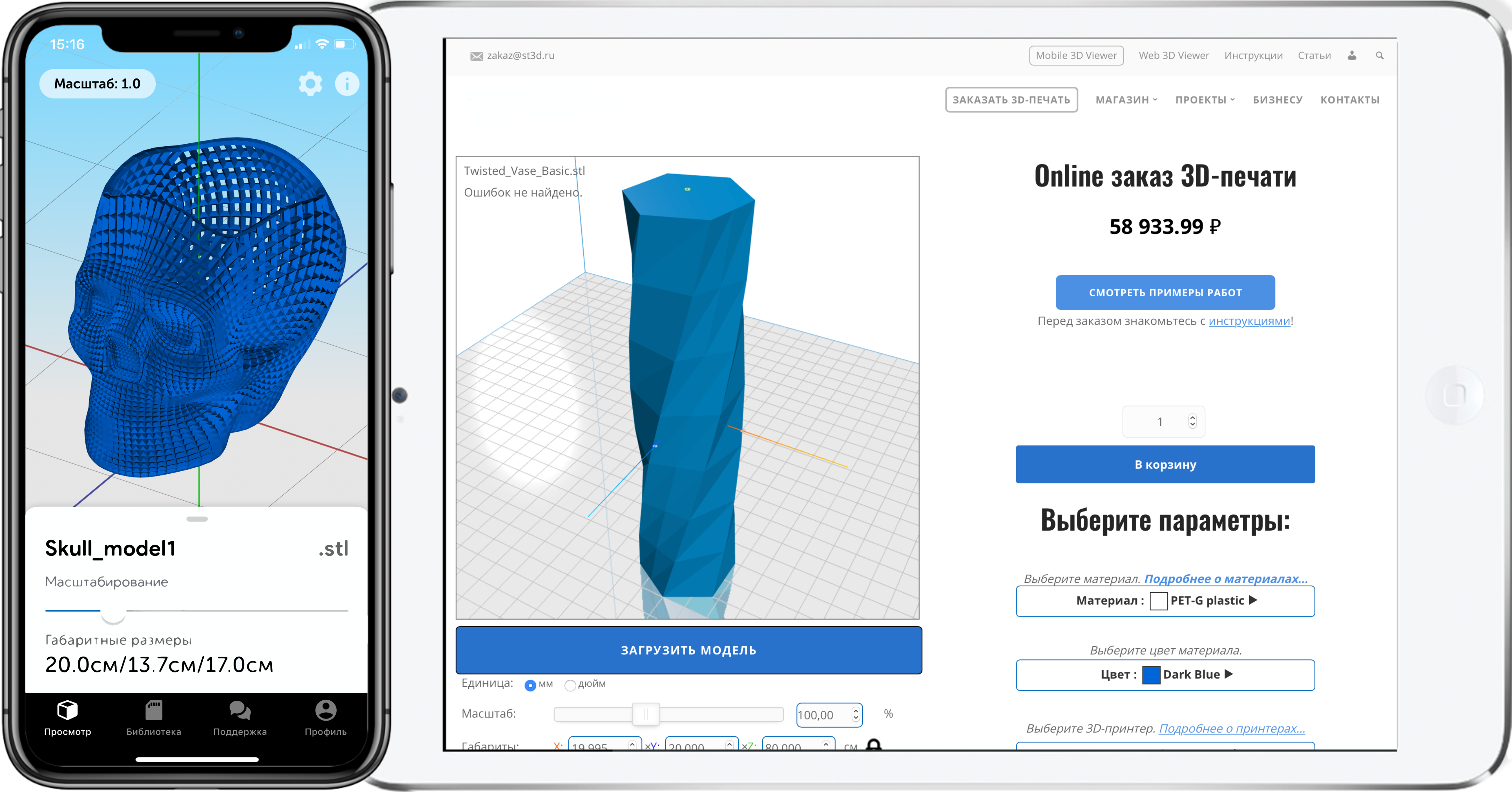



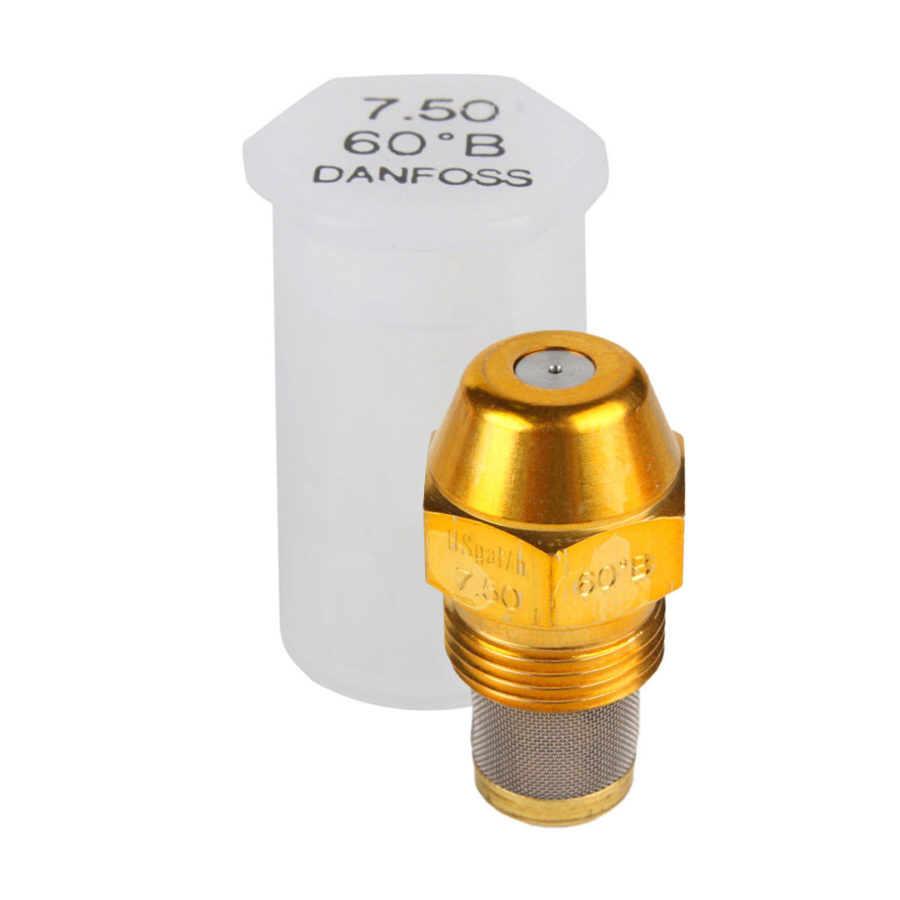
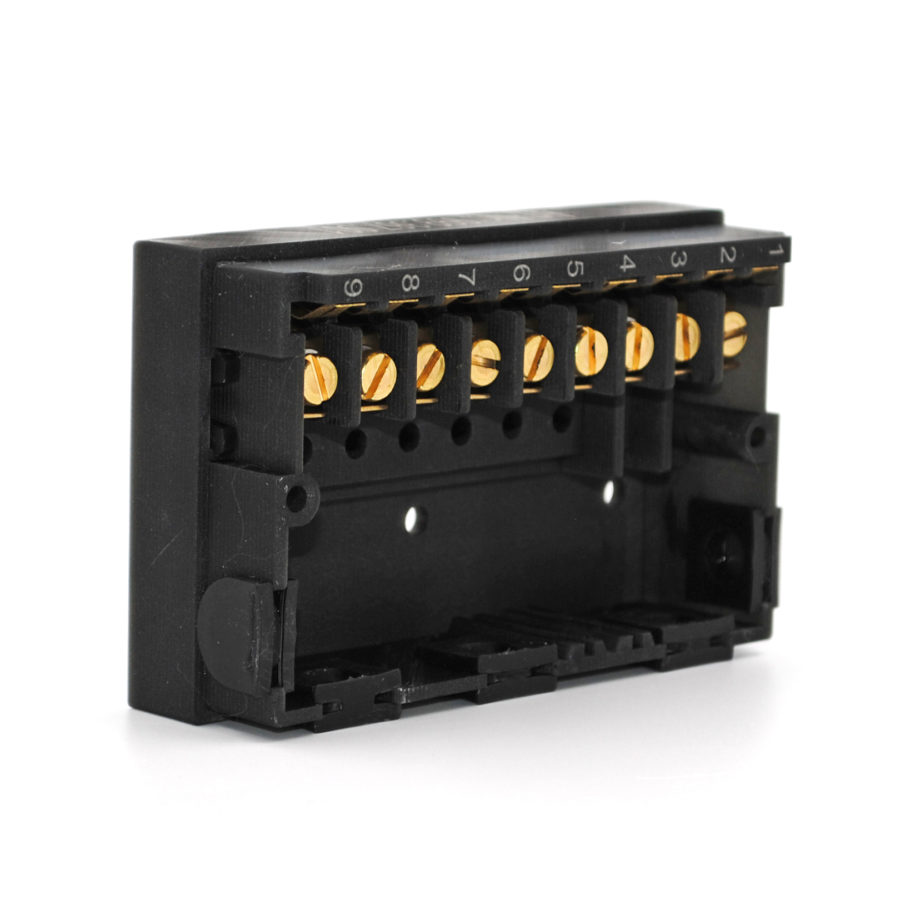
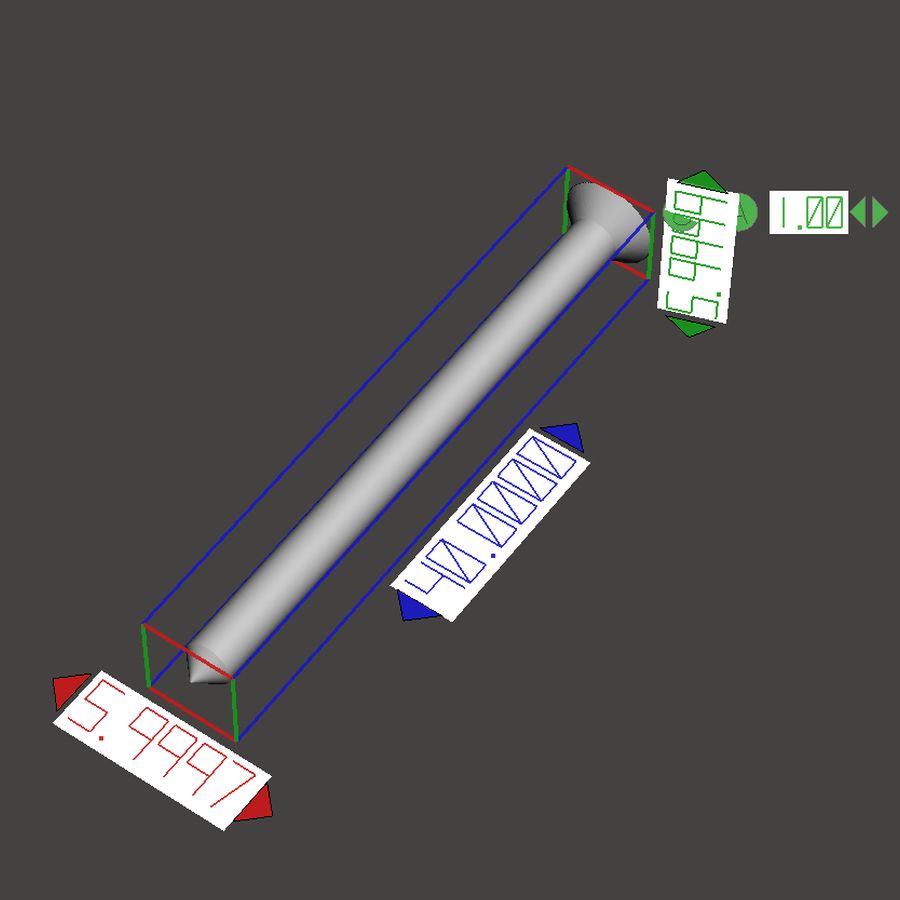
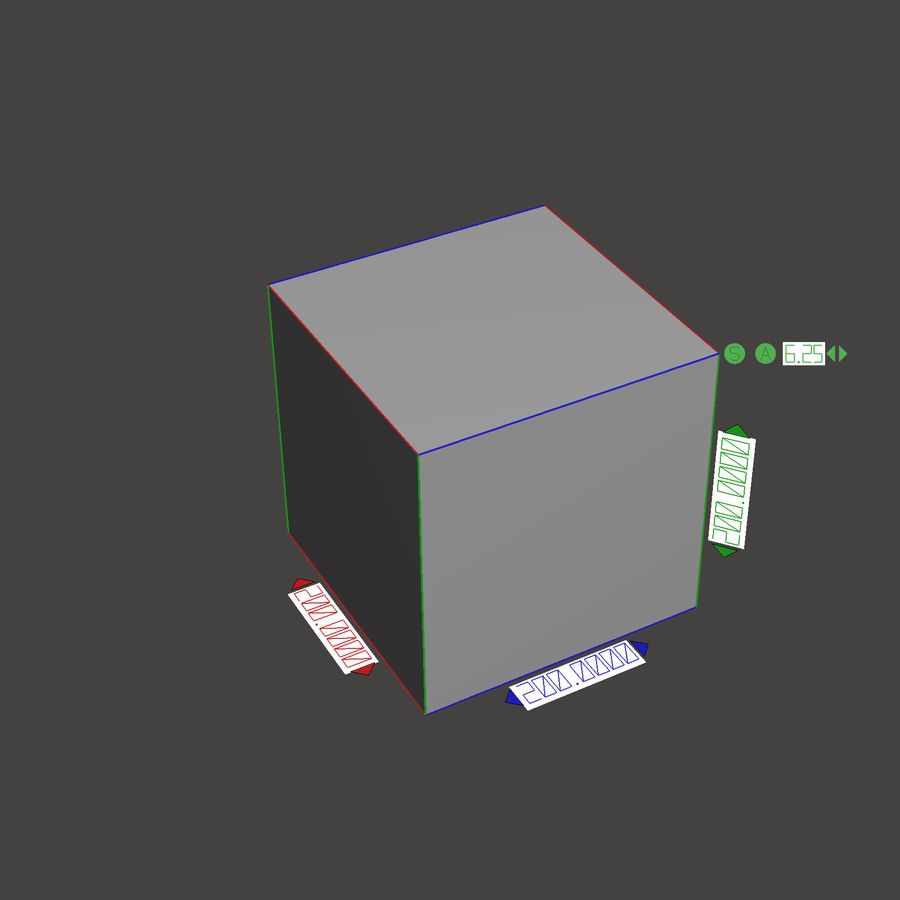
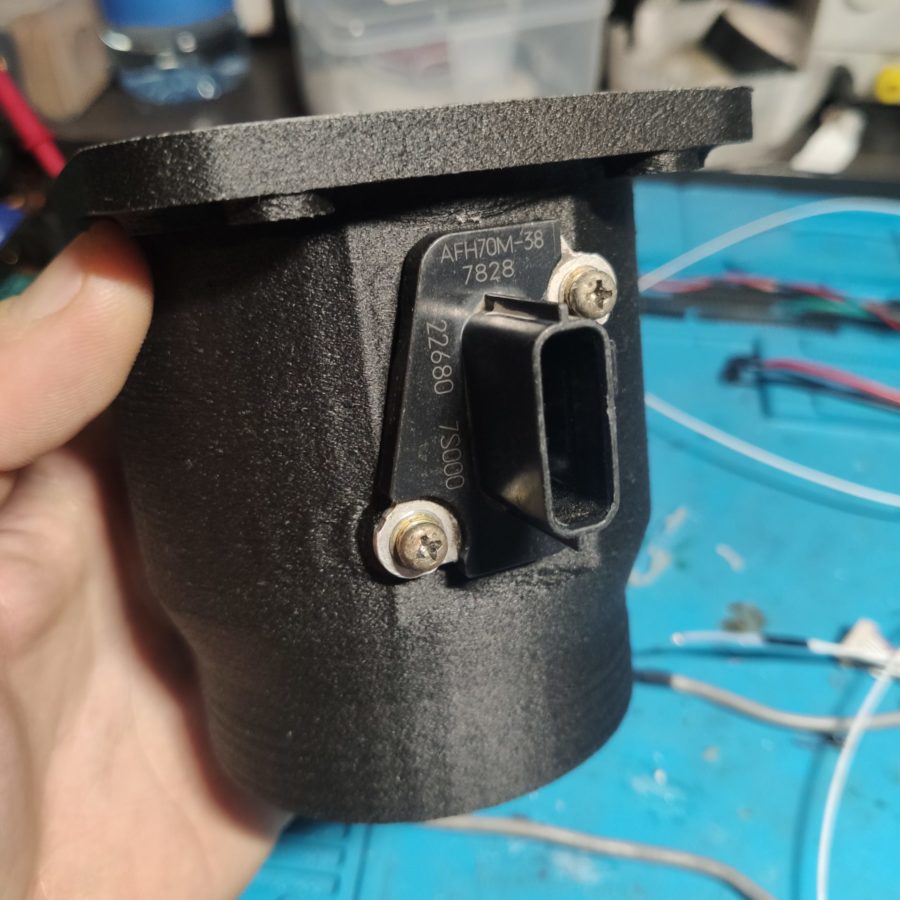
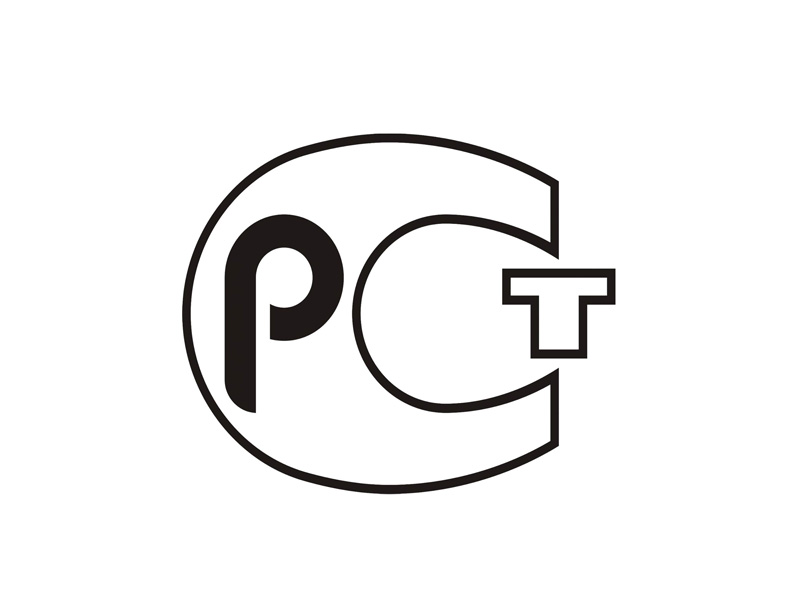
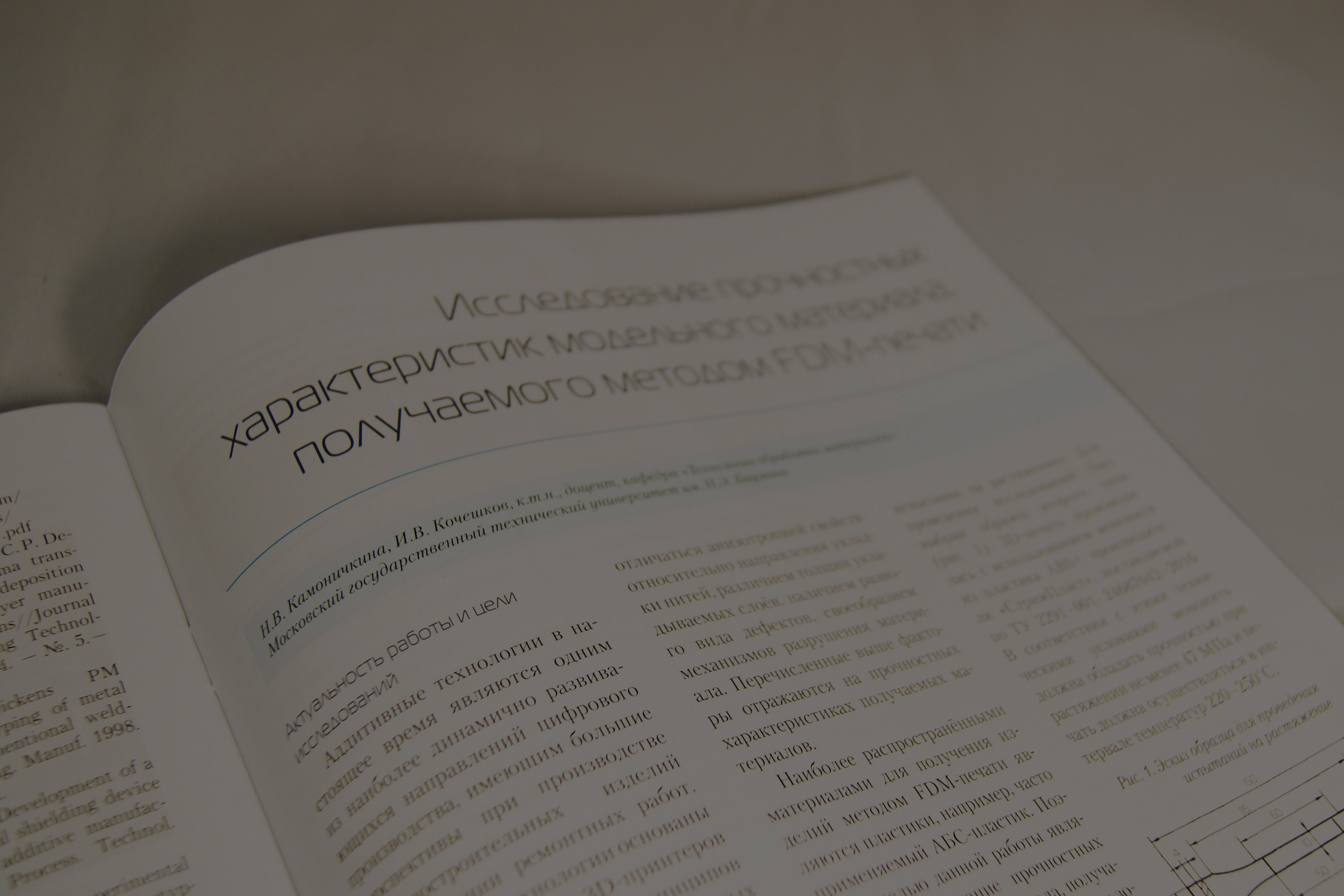


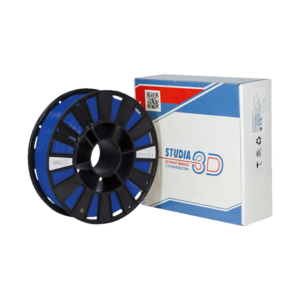
Author: Studia3D. Ru
More articles from Studia3D. Ru